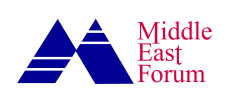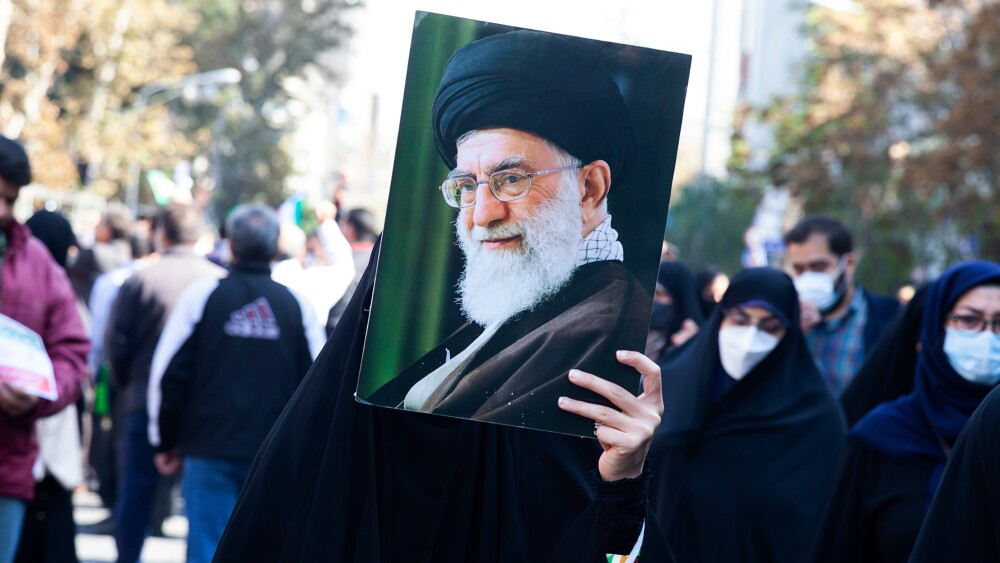As Ayatollah Khamenei and his regime prepare to confront President Trump’s administration once again, the focus has largely been on what policies Trump might adopt. However, it’s equally important to consider Khamenei’s perspective and his potential strategies for the next four years.
During Trump’s initial term, his efforts to bring Iran to the negotiating table led to a standoff. The continued anti-American stance of Iran’s leadership and its reluctance to open its market to American businesses resulted in Trump withdrawing from the Iran nuclear deal in 2018. This was followed by the imposition of severe economic sanctions and the assassination of General Qasem Soleimani, a key military figure and close ally of Khamenei, in January 2020.
Iran enters this round significantly weakened economically, regionally, and militarily compared to its position between 2017 and 2021.
In retaliation, Islamic Revolutionary Guard Corps (IRGC) commanders vowed to target Trump and those of his associates responsible for Soleimani’s death and attempted to sabotage his 2024 campaign through cyber-attacks. Now, with a more embittered relationship, Trump and Khamenei face off again. Iran enters this round significantly weakened economically, regionally, and militarily compared to its position between 2017 and 2021.
After the nuclear deal, Iran had managed to boost its economy, exporting approximately two million barrels of oil per day and amassing over $150 billion. These funds empowered Iran to enhance its security and military capabilities, intensify its missile programs, and increase regional interventions by supporting groups like Hezbollah and establishing new militias. Despite these advances, however, recent political and economic crises have drastically undermined Iran’s stance.
The new Trump administration is starting when the Islamic Republic of Iran is at the weakest moment in its history. The regime has lost significant domestic support due to political repression and economic mismanagement, evident from the widespread protests across the country, leading to numerous casualties and arrests. Economically, sanctions and mismanagement have plummeted Iran’s oil export capacity and devalued its currency, which hit a record low at the start of 2025.
Regionally, the dynamics shifted dramatically following Israel’s military responses to Hamas in 2023, weakening key Iranian allies like Hezbollah and reducing Iran’s influence in Lebanon. Through targeted airstrikes, Israel managed to eliminate several senior-ranking commanders of the IRGC Quds Force, as well as the entire chain of command of Hezbollah. It also targeted Hezbollah’s mid-level leadership, critically undermining its operational capabilities.
The weakening of the IRGC Quds forces and Hezbollah contributed to the collapse of Bashar Al Assad and the loss of Syria as Iran’s key strategic ally. The significant investment of approximately $50 billion by Iran to keep Assad in power did not yield the intended stability. With the strategic route for transferring weapons to Hezbollah compromised, Iran’s regional influence suffered a significant setback. The election of Joseph Aoun as Lebanon’s president, who opposes Iran-backed Hezbollah, marks an important political shift in the region.
Iran’s military capabilities have also been called into question. Despite deploying numerous missiles and drones against Israel, the effectiveness of these efforts was minimal. These setbacks pose a critical challenge to Khamenei’s leadership as he faces a potentially hostile U.S. administration under Trump.
Anti-Americanism is one of the pillars of the regime, and Khamenei strongly mistrusts the United States, considering it an imperialist power.
While some hoped that this weakness would increase the possibility of a new deal between Iran and the Trump administration, this is very unlikely due to the ideological nature of the Islamic Republic and the political psychology of Ayatollah Khamenei and the IRGC commanders.
Anti-Americanism is one of the pillars of the regime, and Khamenei strongly mistrusts the United States, considering it an imperialist power. Just a few days ago, Khamenei made it clear that the U.S. wants to take Iran from the hands of the revolutionaries. There is no difference between Democrats and Republicans since both have the same goals and different approaches. That is why Khamenei forbade any negotiation with the United States even after Iran signed the nuclear deal. This explains why the Biden administration could not normalize relations with the Islamic Republic.
In addition to historical anti-Americanism, and the paranoid personality of Khamenei and his elites, there is massive resentment toward President Trump for killing Soleimani and imposing economic sanctions during his first administration. Khamenei called Trump “a charlatan and a foul-mouthed president” and said that he did not want to spend his time answering his “vanities and nonsense.” In 2020, when Trump lost the election, Khamenei said Trump would be buried in the dustbin of history and forgotten.
While reaching any new deal seems unlikely, the Islamic Republic will encourage multilateral negotiations with European countries in the hope of buying time and dividing European countries and the Trump administration on Iran policy. The regime recently released some Iranian-European dual nationals who had been in prison for years, as well as an Italian journalist who was arrested in Tehran.
Iran will also try to widen the gap between Trump’s allies and supporters in the hope of paralyzing his administration on Iran. The meeting between the Iranian ambassador to the United Nations and Elon Musk in November was part of this strategy.
Regionally, meanwhile, Iran will attempt to pressure Arab countries to persuade Trump not to undermine the Islamic regime. Saudi Arabia, for instance, will be approached to mediate between Iran and the USA, especially since Iran improved its relations with Saudi Arabia with the help of China in 2023.
For the next four years, Ayatollah is hopping from one pillar to another, hoping that divine support will help him to weather the storm of a second Trump presidency.
At the same time, Iran will attempt to revive what remains of its “Axis of Resistance,” particularly in Iraq, and create new members, such as pro-Assad groups in Syria, as Khamenei mentioned in his speeches following Assad’s fall. In a meeting with the Iraqi prime minister, he requested that al-Hashd al-Shaabi, the Iraqi Shia militia, not be dismantled, and he encouraged Syrian youth to revolt against the new regime and fight against Israel. “Certainly, the passionate youth of Syria will rise and, with determination and even by sacrificing lives, they will overcome this situation, just as the passionate youth of Iraq, after its occupation by America, with the help, organization, and leadership of our dear martyr [Qassem Soleimani], were able to drive the enemy out of their homes and streets. Of course, this task in Syria might take a long time, but the outcome is certain and definitive.”
But Khamenei’s primary strategy for survival under Trump will focus on internal measures such as tighter belt-fastening and preparing to suppress further signs of dissent. In recent weeks, the IRGC and its civil militia, Basij, have conducted military and security drills, concentrating on civil war scenarios and mass protests. In the capital, the IRGC showcased its strength by gathering 110,000 Basij members to demonstrate their readiness to face any potential threats against the regime. The message is that they will repress with an iron fist.
In essence, Khamenei’s approach can be summarized by the Persian proverb, “az en soton to Oon soton, Farjeh”—“From this pillar to that pillar is a hope.” For the next four years, Ayatollah is hopping from one pillar to another, hoping that divine support will help him to weather the storm of a second Trump presidency.








